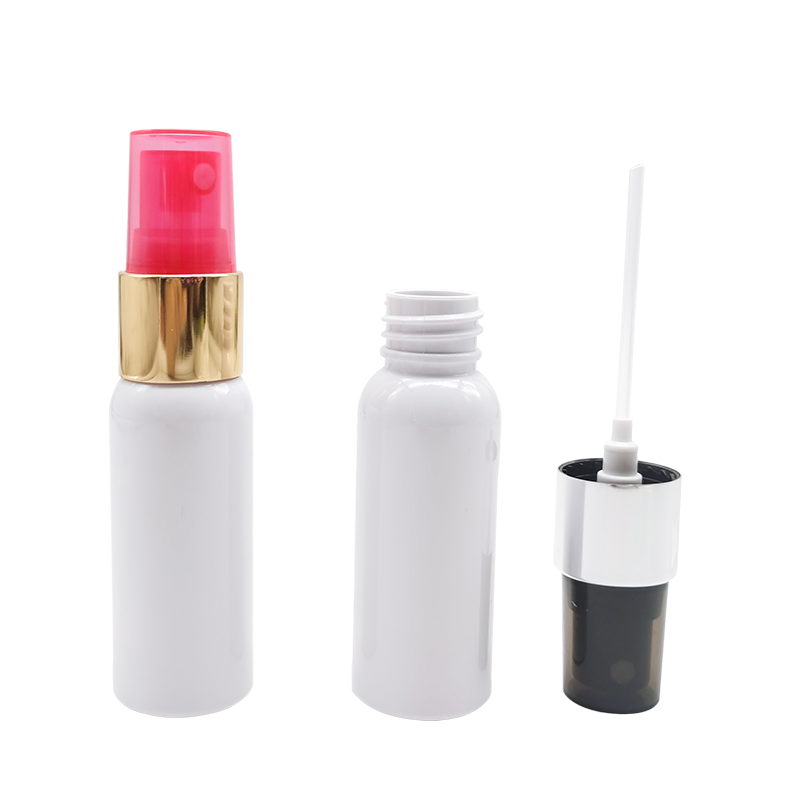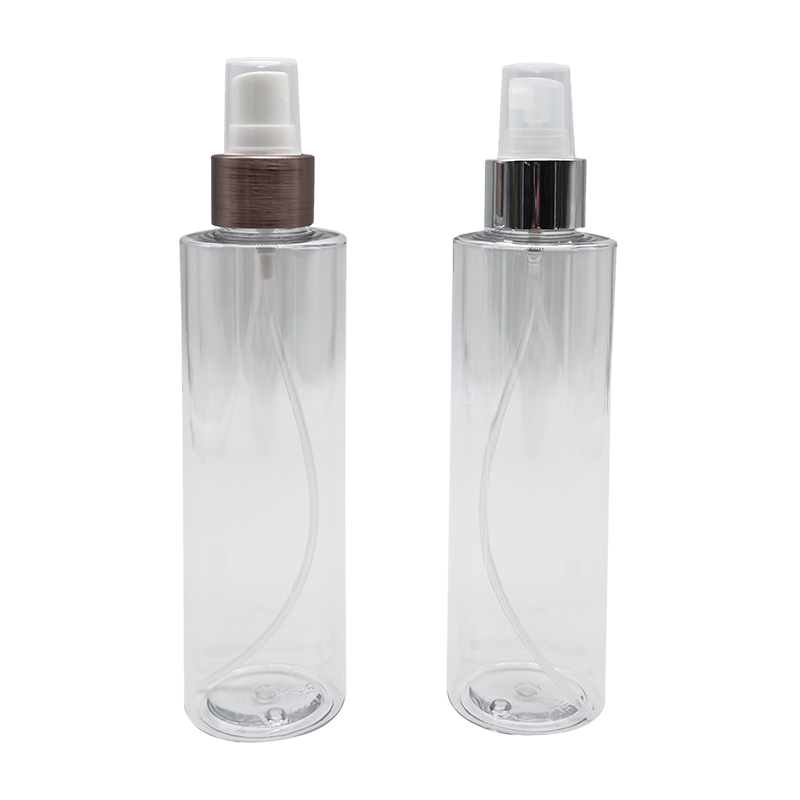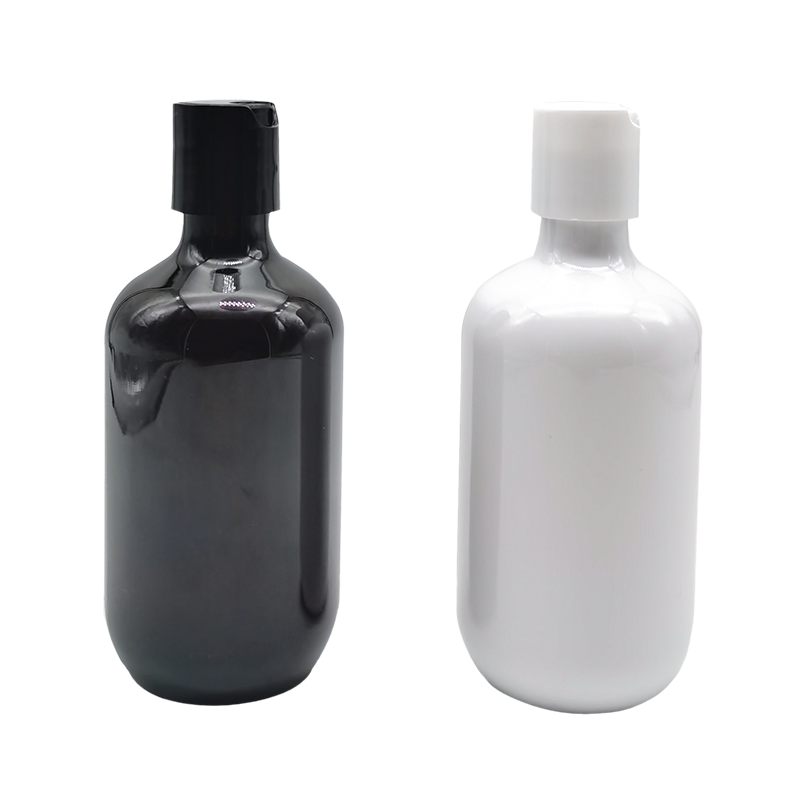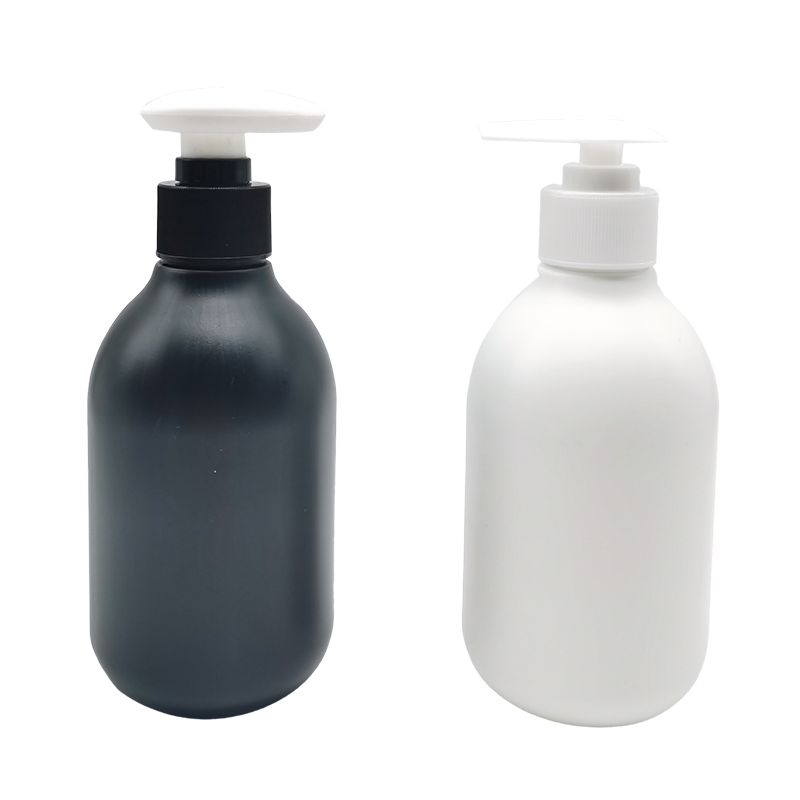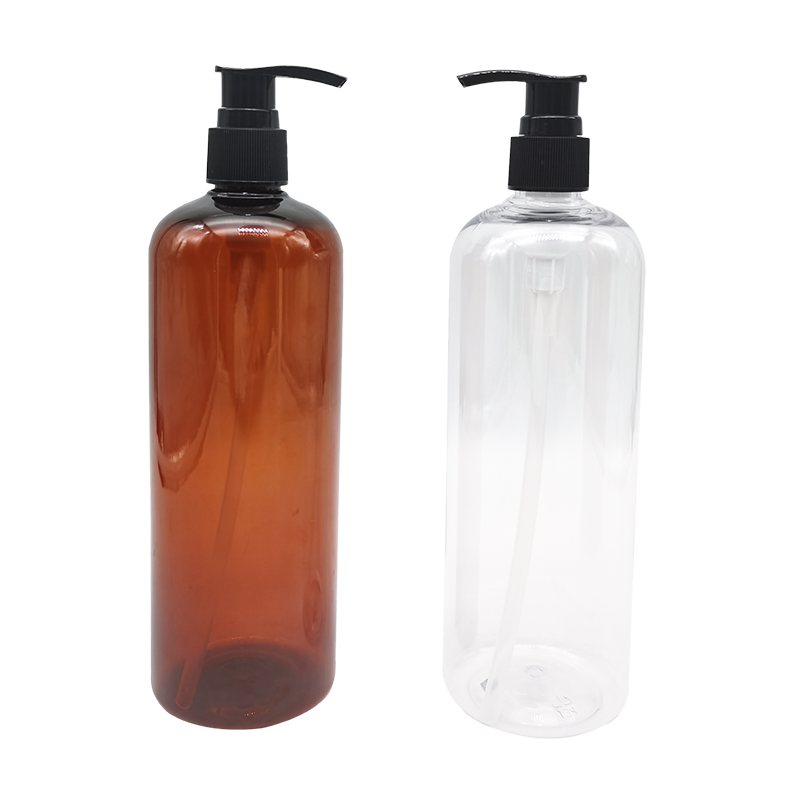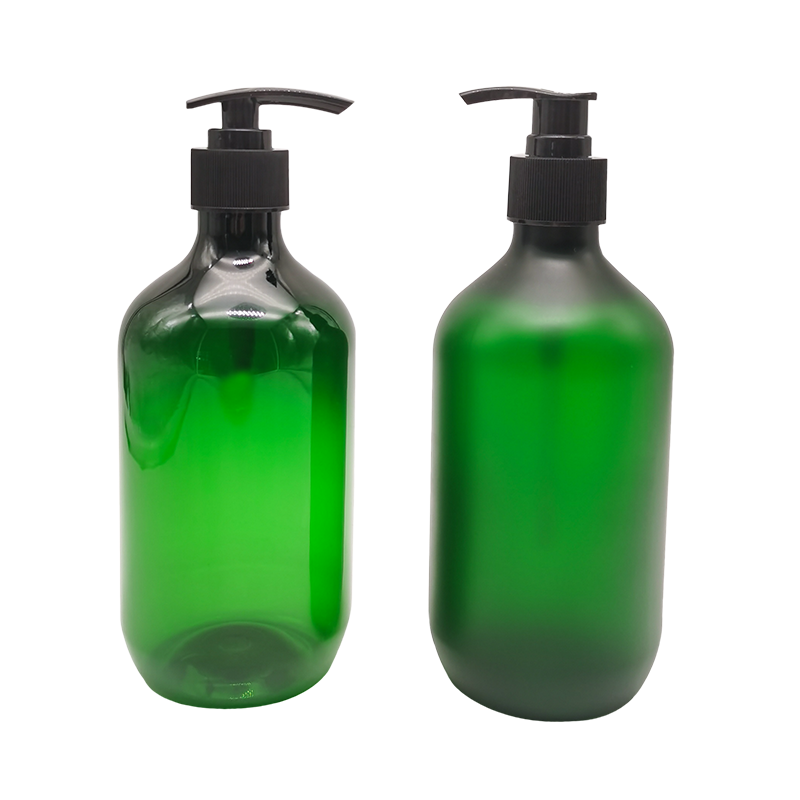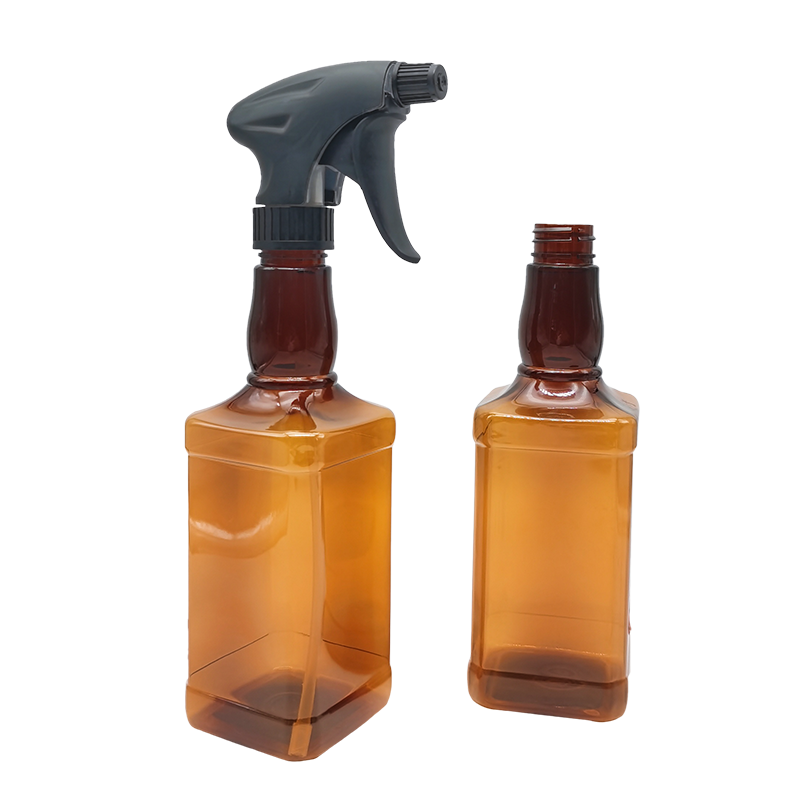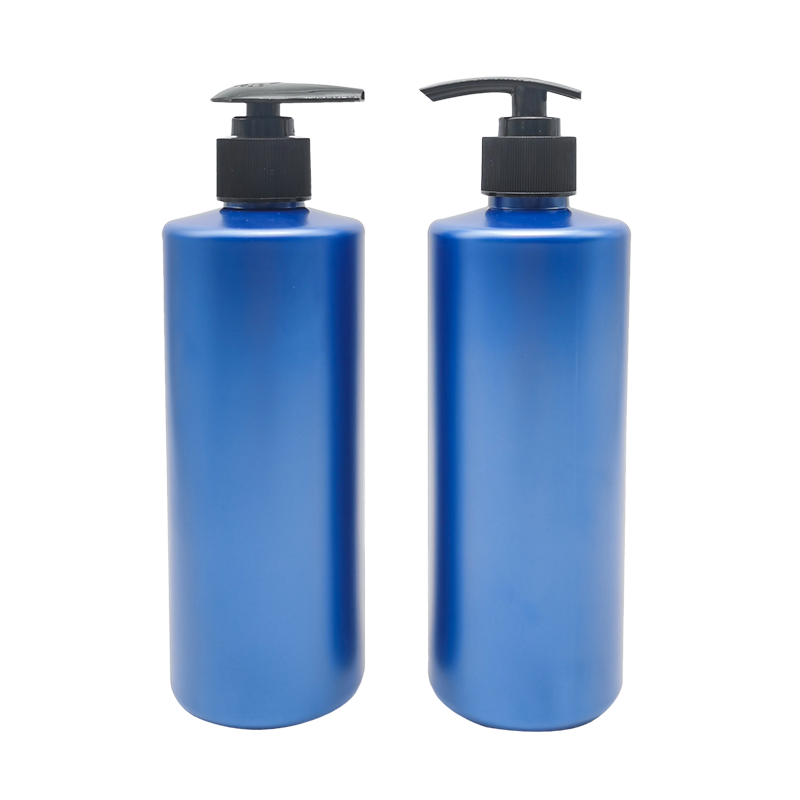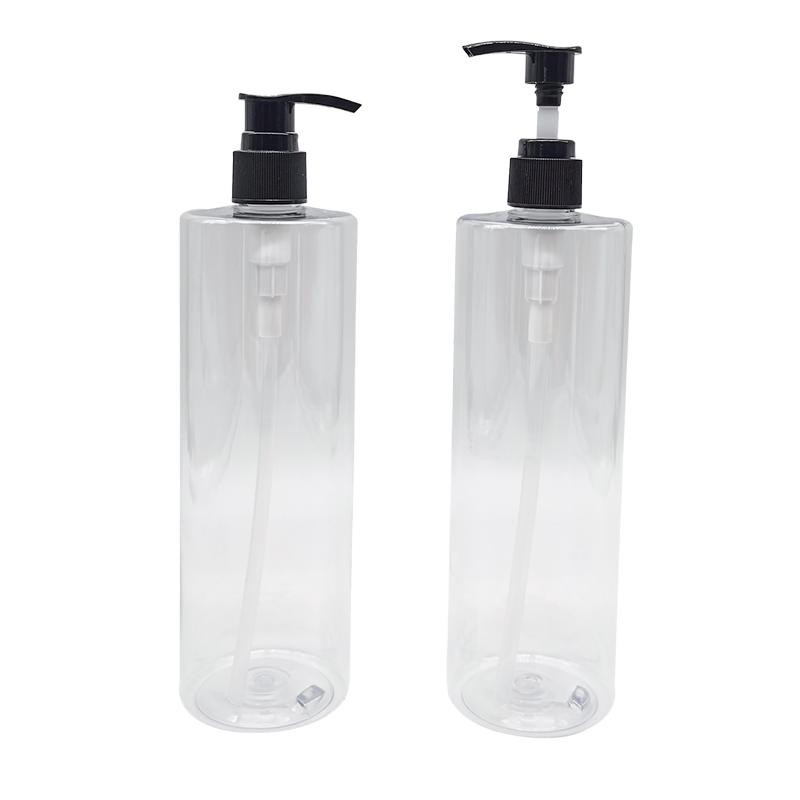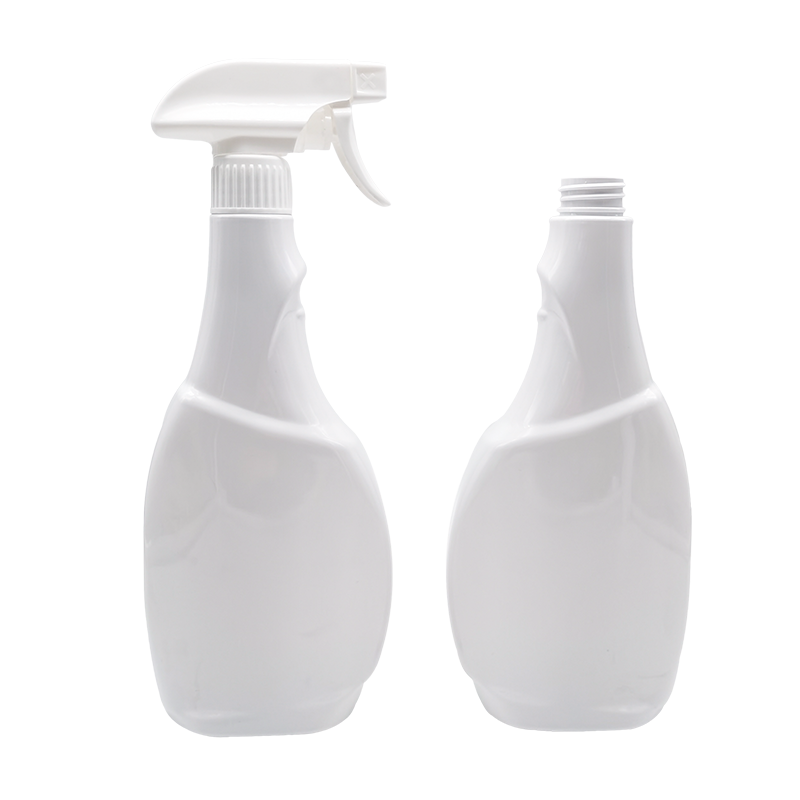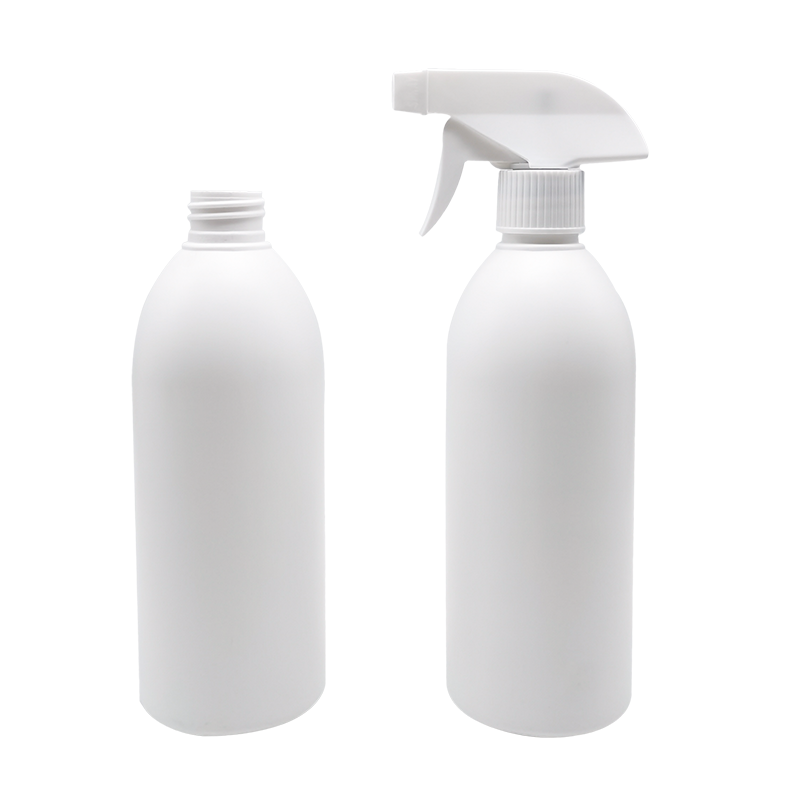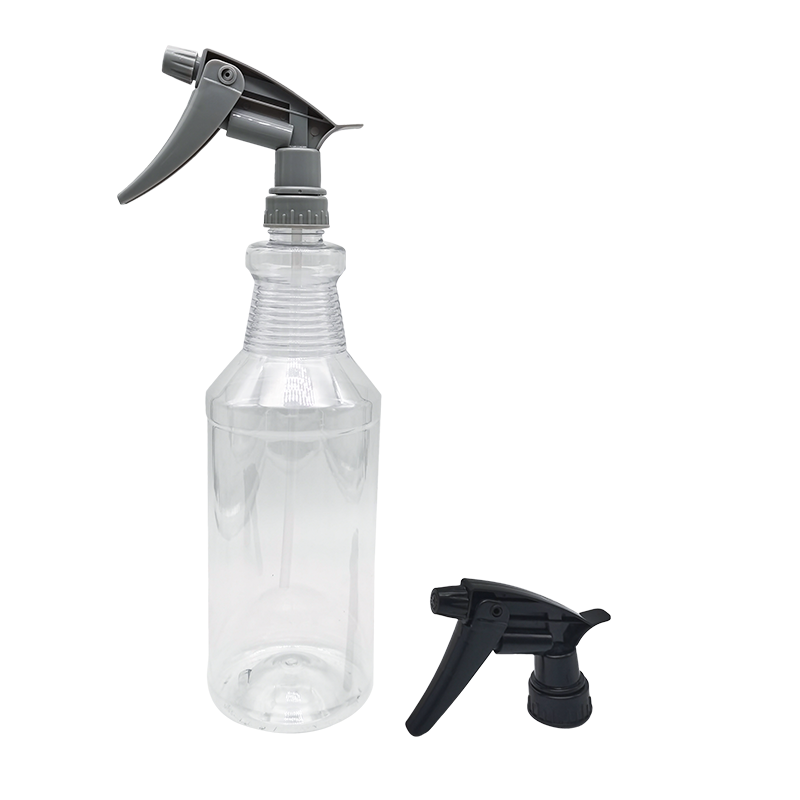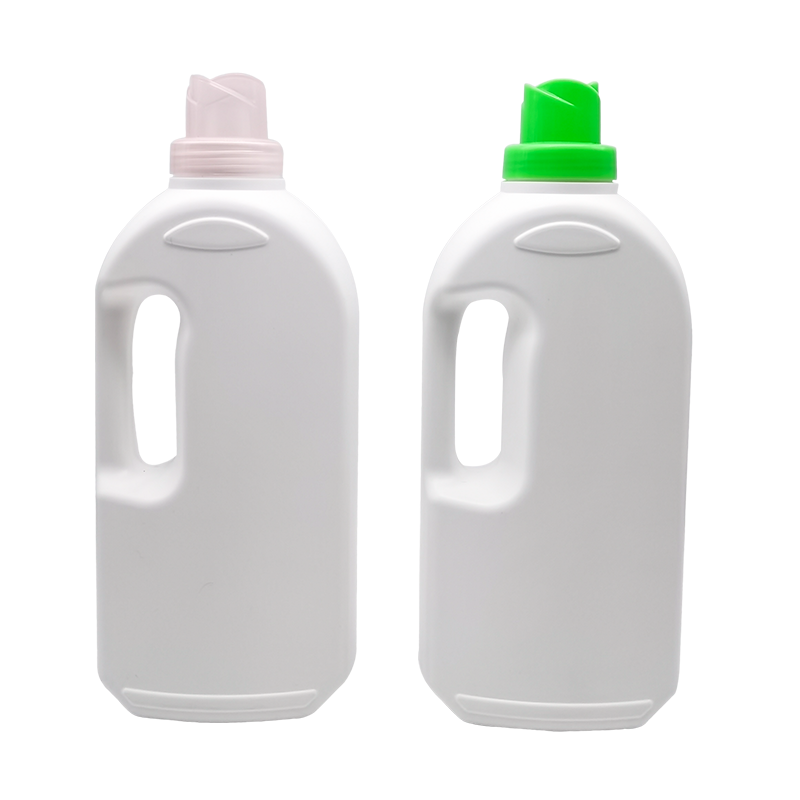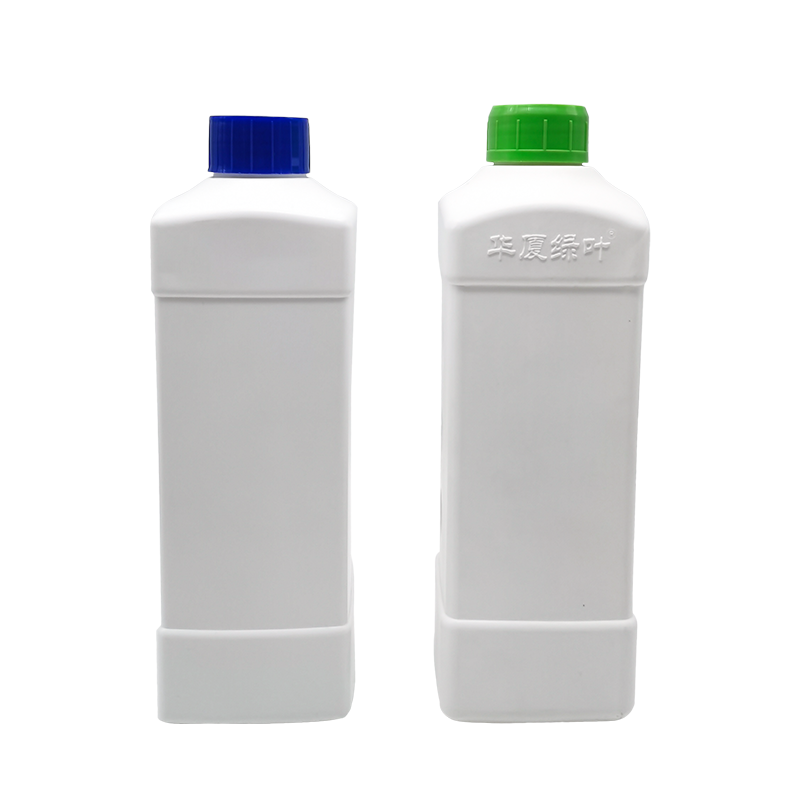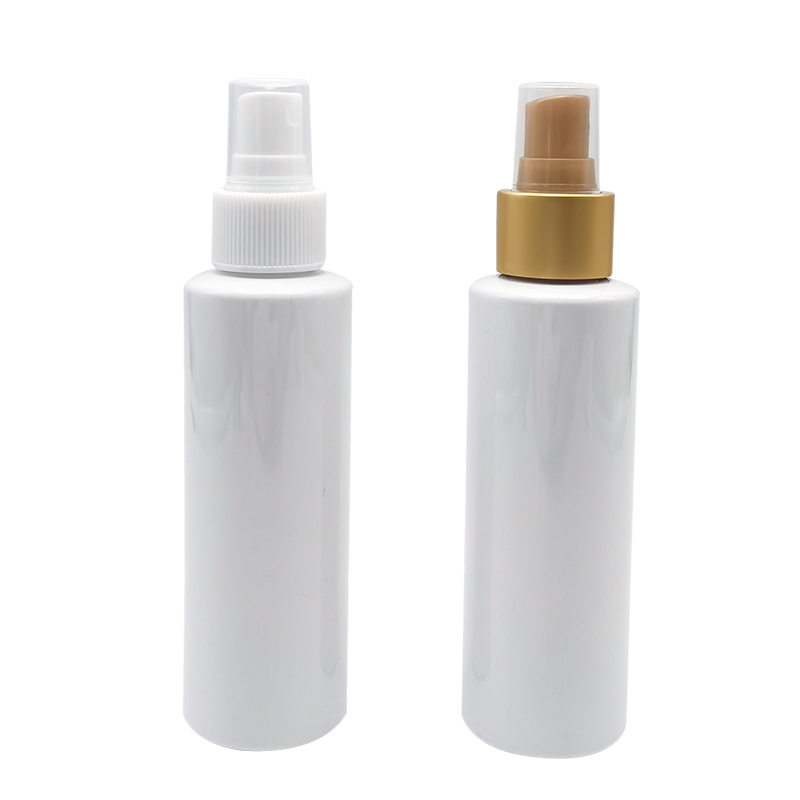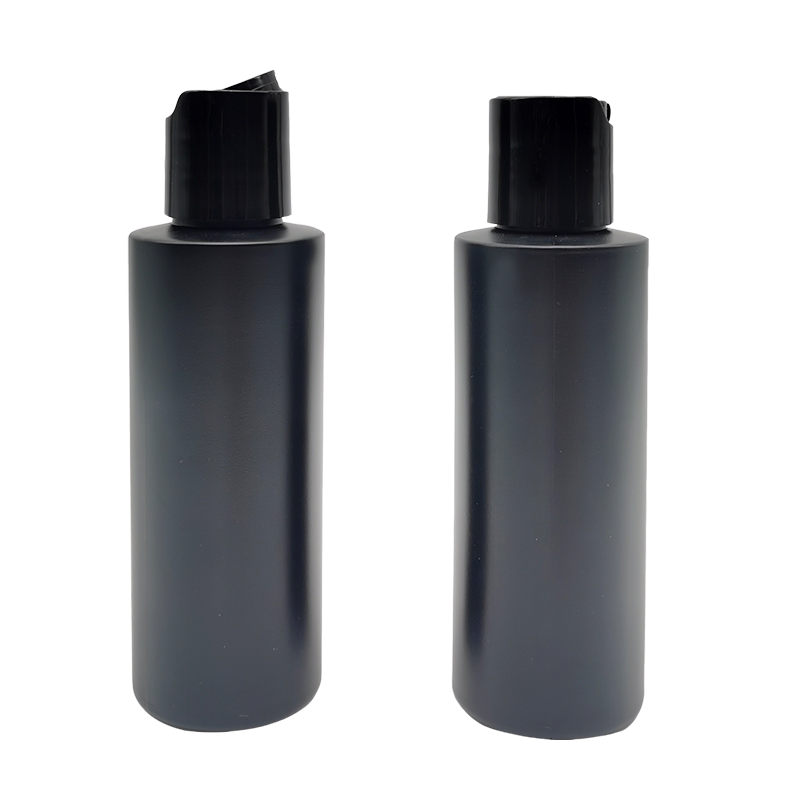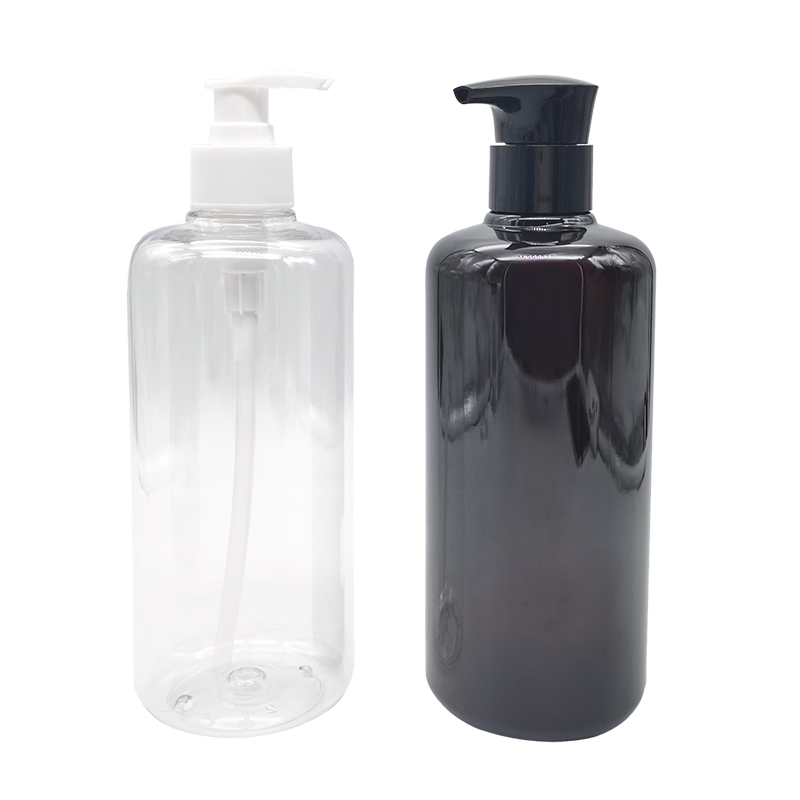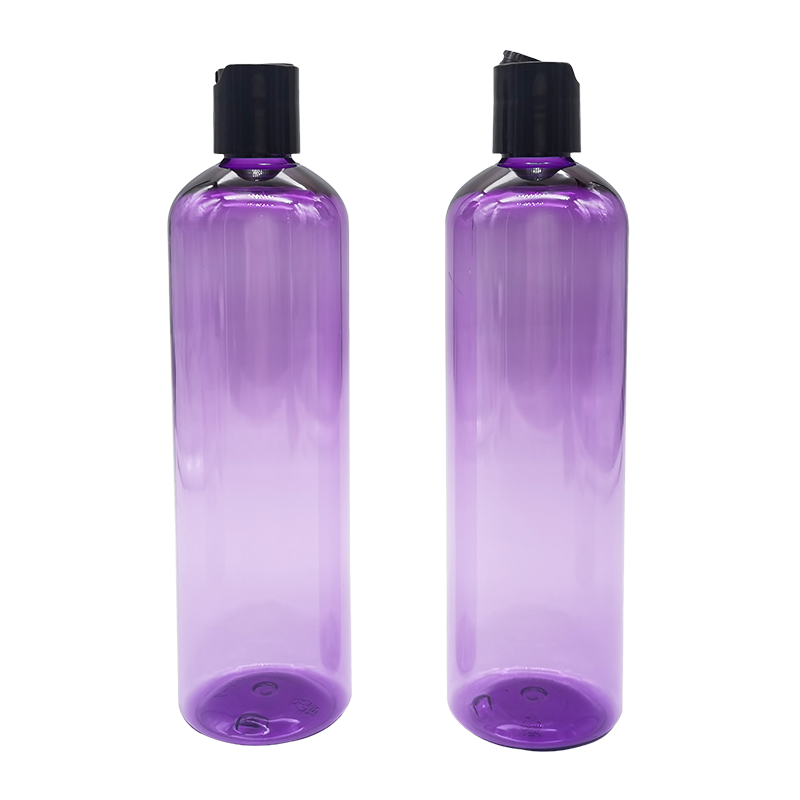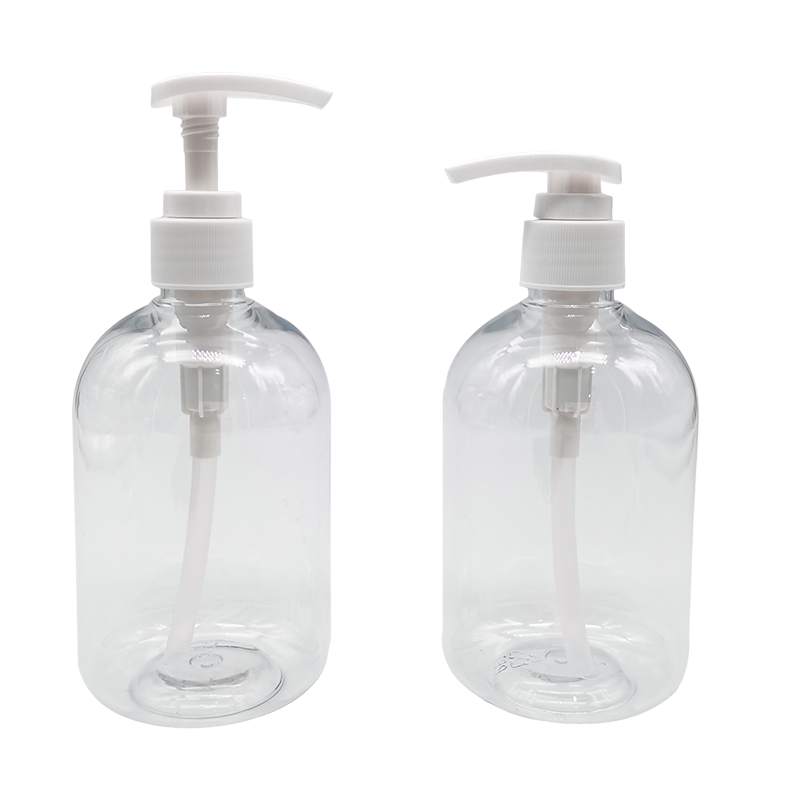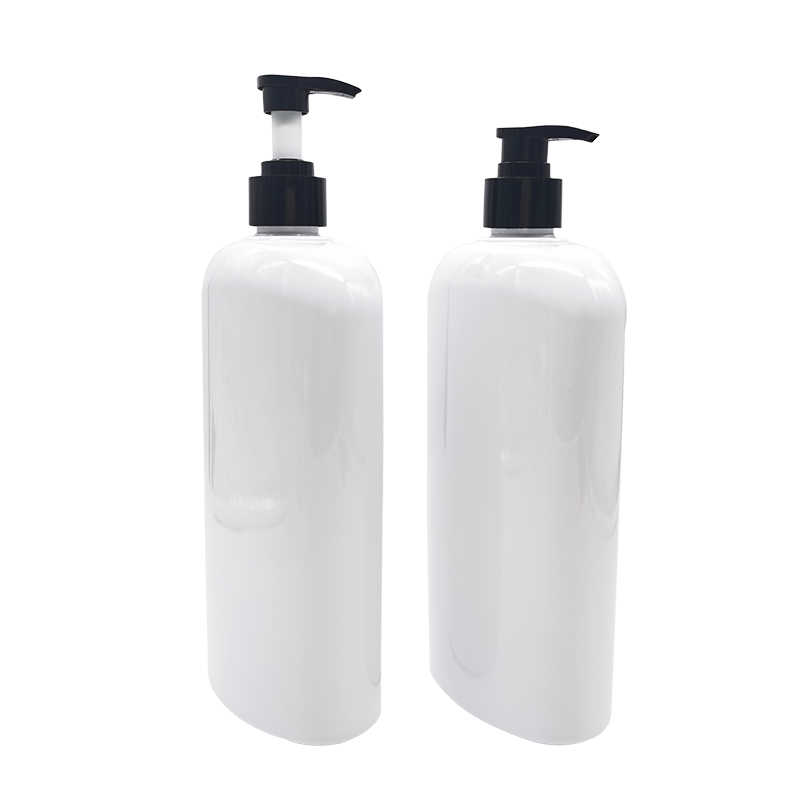As a product that is widely used in many pharmaceuticals, cosmetics and other industries, PET plastic bottles are very practical. The more common raw materials are generally polyethylene, polypropylene, polyester, high barrier and so on. Generally, the items loaded with different characteristics are also different. Here we have also sorted out some characteristics of the raw materials for you. Come and take a look!
1. Thermal deformation temperature: It shows whether the plastic material can maintain the same shape under high temperature and pressure. Generally, the thermal deformation temperature is used to represent the short-term heat resistance of the plastic.
2. Continuous use temperature: When plastic is heated for a long time, even if the temperature is much lower than the thermal decomposition temperature, it will cause changes in the material, such as degradation, oxidation, cross-linking or hydrolysis, etc. These changes will reduce the working performance of the material.
3. Tensile strength: It is the critical value of the transition of the material from uniform plastic deformation to local concentrated plastic deformation, and it is also the material's larger bearing capacity under static tensile conditions. Tensile strength is the resistance to large and uniform plastic deformation of a material.
4. Elongation: refers to the percentage of the ratio of the original gauge length to the original gauge length after the material sample is stretched and fractured. Elongation is an important parameter that expresses uniform or stable deformation of a material.
5. Impact toughness: refers to the ability of a material to absorb plastic deformation work and fracture work under impact load, reflecting the subtle defects and impact resistance inside the material. Impact toughness refers to. The actual significance of the target is to reveal the brittle tendency of the material and to reflect the resistance of the material to external impact loads.
6. Tensile elastic modulus: It can be regarded as an index to measure the difficulty of elastic deformation of the material. The larger the value, the greater the stress that causes the material to undergo a certain elastic deformation, that is, the greater the stiffness of the material, that is, under a certain stress Under the action, the smaller the elastic deformation occurs.
7. Hardness: The ability of a material to partially resist the pressing of a hard object into its surface is called hardness. The local resistance of a solid to the intrusion of foreign objects is an indicator for comparing the softness and hardness of various materials. R stands for Rockwell hardness.


 English
English 中文简体
中文简体